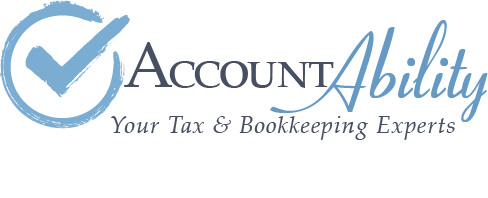So Long Student Loans! What You Need to Know About Student Loan Debt Forgiveness.
If student loans still plague you, then by now, you've surely heard the news that the Biden-Harris administration, who has already allowed Covid-related extensions for paying back student loans, is offering borrowers up to $20,000 in loan forgiveness. An estimated 43 million borrowers qualify for this relief, and roughly eight million of those people will receive this forgiveness automatically without having to apply.
But what can you expect if you're one of the large majority which has to complete the application process? That's what we're here to answer! We have all the information you need when it comes to this loan forgiveness plan.
First, the basics: Who is eligible for student loan forgiveness?
Many of you have likely already taken advantage of the option to delay paying your loans, and that pause will continue. This extension will be applied automatically, and you don't have to worry about any payments until January 2023, when regular payments will resume.
As payments resume, the Biden administration seeks to smooth the transition for those most likely to default on their loans. To help these groups at the highest risk, the Department of Education will provide up to $20,000 in debt cancellation to Pell Grant recipients and up to $10,000 for non-Pell Grant recipients. If you're unsure if you have a Pell Grant, click here for instructions on finding out. Borrowers are only eligible for this forgiveness if they make an individual income of $125,000 or less or $250,000 for a household.
If you are employed by a non-profit, the military, federal, state, or local government, you may be eligible for all of your loans to be forgiven through the Public Service Loan Forgiveness. For more information on this program, visit PSLF.gov
Great, I qualify…now how do I apply?
The application for this loan forgiveness will be available early in October of this year, and you will have until December 31, 2023, to submit your application. But we recommend filling out this application before mid-November in order to take advantage of the benefits before regularly scheduled loan payments resume. If you want to be alerted when the application is ready, visit this page.
After you receive your loan forgiveness, if you have a balance remaining, your monthly bill will be recalculated, and your loan servicer will communicate these changes with you.
How will this loan relief affect my taxes?
Under most circumstances, when debt is forgiven, it is considered taxable income. However, Under the federal American Rescue Plan Act, student debt forgiven between 2021 and 2021 will not be included in federal taxable income. But don't celebrate just yet—several states are expected to impose state taxes on student loan forgiveness.
What else do I need to know about the student loan forgiveness plan?
In addition to student loan relief, the Biden administration says it's also working to reform the way borrowers repay their loans in the future. A new income-driven repayment program plans to reduce monthly payments for lower and middle-income students. Under this program, borrowers will be required to pay no more than 5% of their discretionary income on undergrad loans, down from 10% currently.
More information on student loan debt forgiveness is being released daily, so stick with us for updates. And as always, if you need help navigating this process, reach out to us today!

